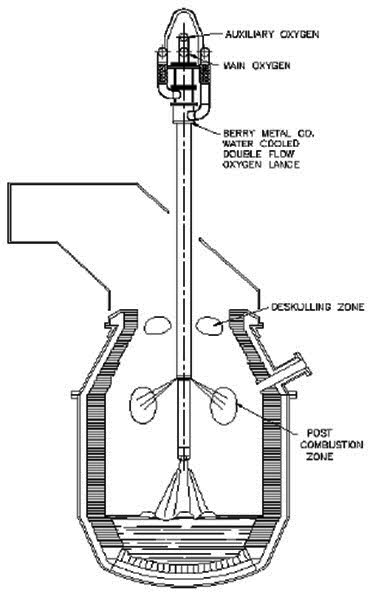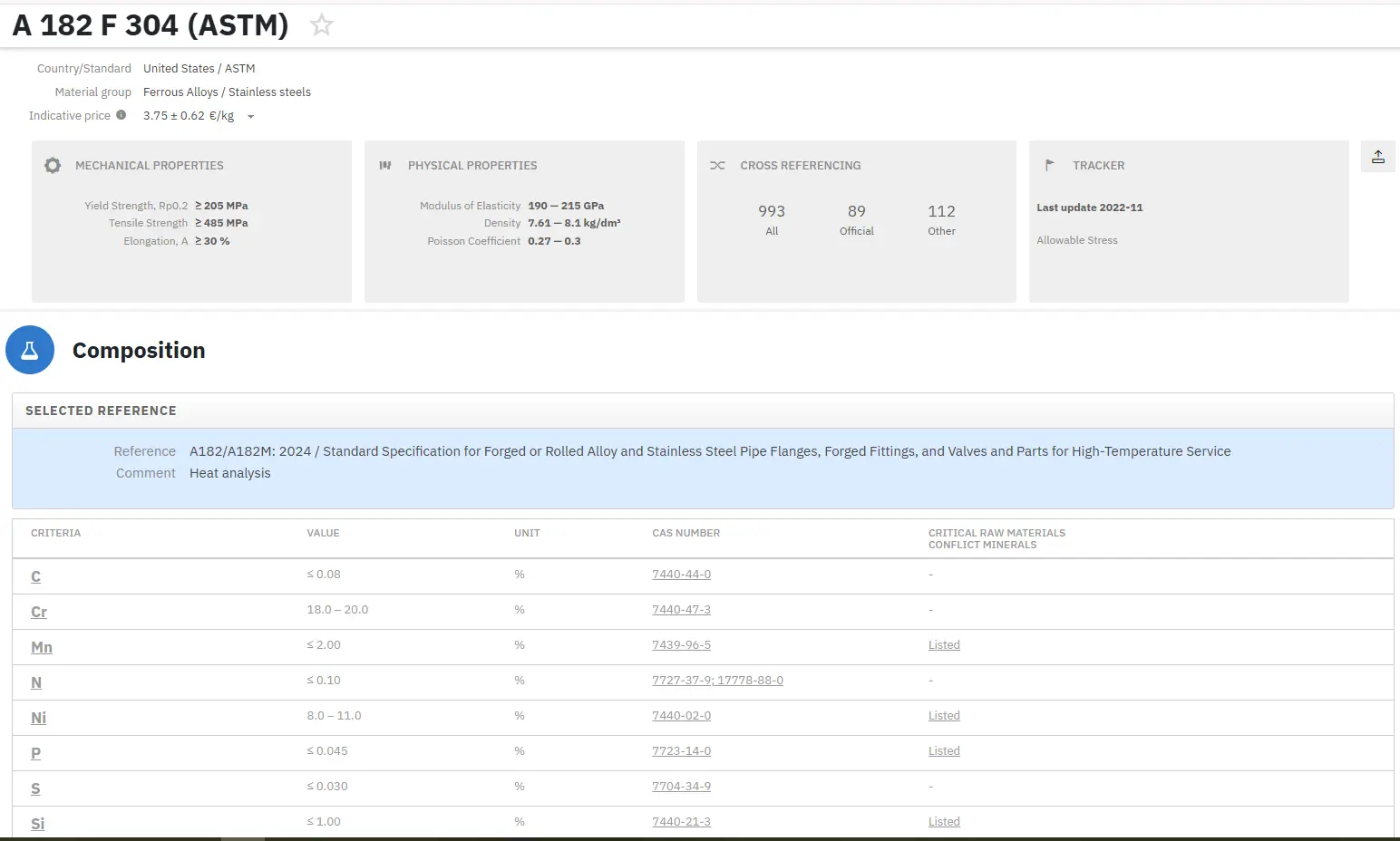BOF Post Combustion
Abstract
The role of oxygen in steelmaking is critical for determining finished product quality. Post combustion oxygen injection technology enables precise conversion of CO to CO2 above the slag surface, significantly improving energy efficiency and steel production. With oxygen steelmaking accounting for 65% of worldwide crude steel production, optimizing oxygen utilization becomes paramount. Post combustion technology offers substantial benefits including increased scrap consumption, reduced CO emissions, faster heat times, improved safety, and enhanced furnace utilization. This technology can be implemented across various BOF configurations and converter sizes, making it a versatile solution for modern steelmaking operations seeking improved productivity and operational efficiency.
Enhanced Steel Production Through Advanced Post Combustion Technology
The steelmaking industry continues to evolve with technological advancements that enhance efficiency and product quality. Among these innovations, post combustion oxygen injection technology stands as a critical development in modern steel production processes.
The Critical Role of Oxygen in Steel Production
Oxygen serves as the cornerstone of quality steel production, with its precise application determining the final product's characteristics. Currently, oxygen steelmaking dominates the global steel industry, representing 65% of worldwide crude steel production. The oxygen converter harnesses oxygen as an oxidation source, facilitating reactions with various elements to transform iron into steel while simultaneously increasing bath temperature.
These steelmaking reactions exhibit distinctive characteristics including high reaction rates, short residence times, numerous influencing factors, and complex reaction processes. Consequently, the quantity of oxygen utilized directly impacts steel quality outcomes. When insufficient oxygen is injected, the endpoint carbon content may exceed required specifications, or the endpoint temperature may fall below optimal levels. Conversely, excessive oxygen injection leads to molten steel over-oxidation, increased alloy consumption, elevated temperatures, and reduced liquid steel yield. Therefore, determining precise oxygen blowing quantities significantly influences the entire steelmaking process.
Understanding Post Combustion Energy Dynamics
In both BOF and EAF steelmaking processes, carbon undergoes oxidation by oxygen to produce carbon monoxide (CO). When this CO combusts to carbon dioxide (CO2), the energy release increases threefold compared to the initial reaction. This substantial energy increase offers remarkable benefits across different steelmaking applications.
In BOF operations, this enhanced energy enables melting additional scrap material, significantly reducing total energy requirements for steel production. Utilizing scrap in place of hot metal requires less than 30% of the energy typically needed, making this approach highly efficient. For EAF operations, the additional energy reduces electrical consumption by 50 to 100 kWh per ton of steel while simultaneously increasing overall productivity.
However, optimizing and controlling post combustion presents significant challenges. When post combustion occurs too far from the steel, energy transfer becomes ineffective. Conversely, when performed too close to the steel bath, decarburization reactions limit post combustion effectiveness.

The combustion of CO to CO2 generates substantial thermal energy, making post combustion in BOF operations particularly valuable.

By transferring combustion heat to both slag and metal phases, operators gain access to additional energy resources. The post combustion ratio (PCR) serves as the standard measurement for quantifying post combustion levels within the furnace.

Advanced Post Combustion Technology Implementation
Effective post combustion requires sophisticated technology capable of injecting oxygen into the converter just above the slag surface, enabling efficient CO to CO2 combustion. The oxygen supply for post combustion must achieve optimal distribution above the slag surface to ensure complete CO combustion while facilitating effective heat transfer to both slag and metal phases.
One implementation approach involves incorporating several small orifices around the main supersonic nozzle tip. This configuration requires careful lance distance adjustment to ensure oxygen availability through the orifice for CO to CO2 combustion above the slag surface.
An alternative method employs a double-flow oxygen lance design. This system features a separate oxygen inlet and dedicated oxygen control system specifically for post combustion within the main oxygen lance. This design provides superior post combustion oxygen control without affecting main lance oxygen flow. Critical requirements for post combustion oxygen flow include low velocity and appropriate flow angles to minimize refractory wear. Key design considerations encompass nozzle diameter, oxygen flow angle, and optimal nozzle positioning.

Figure 1: Post Combustion Lance in operation
Comprehensive Benefits of Post Combustion Technology
Post combustion technology initially gained recognition for process improvements and increased production capabilities. While these advantages remain significant, numerous additional benefits now often surpass the original production-related improvements in importance.
Modern steelmakers increasingly employ post combustion as a maintenance tool, effectively reducing lance skulls and minimizing furnace mouth and cone buildup. The technology delivers both production and maintenance advantages that transform operational efficiency.
Post combustion enables increased scrap consumption, providing greater flexibility in scrap-to-hot-metal ratios. This flexibility allows operators to optimize raw material usage based on availability and cost considerations. The technology also reduces CO off-gas emissions through efficient CO to CO2 conversion, supporting environmental compliance objectives.
Operational benefits include significantly faster heat times due to increased chemical energy availability. The technology assists in dephosphorization processes, contributing to improved steel quality. Safety improvements result from eliminating manual deskulling requirements, reducing worker exposure to hazardous conditions.
Equipment longevity benefits include reduced damage to lance barrels from manual deskulling operations. Lance utilization increases substantially because lances no longer require frequent cleaning and deskulling, allowing extended service periods. Furnace utilization optimization becomes possible through the ability to use one lance for oxygen blowing and slag splashing while maintaining a reserve lance in the alternate carriage.
The technology reduces mechanical damage to furnace mouth and cone areas typically caused by heavy mechanical equipment, resulting in increased furnace availability and reduced maintenance costs.
Universal Application Across Steel Production Facilities
Post combustion technology demonstrates remarkable versatility across various BOF configurations and operational scales. The technology functions effectively in facilities with suppressed combustion hoods and open combustion hoods alike. Implementation success spans from large 300-ton converters to smaller 80-ton units, demonstrating scalability across different production capacities.
Beyond traditional BOF applications, post combustion lances prove valuable in Q-BOP and EAF operations, extending the technology's benefits across diverse steelmaking processes. This universal applicability makes post combustion technology an attractive investment for steel producers seeking comprehensive operational improvements regardless of their specific equipment configurations or production scales.
The integration of post combustion technology represents a significant advancement in steelmaking efficiency, offering measurable improvements in energy utilization, production flexibility, safety, and equipment longevity while supporting environmental objectives through reduced emissions and optimized resource utilization.
Trova all'istante composizioni precise dei materiali!
Total Materia Horizon contiene le composizioni chimiche di centinaia di migliaia di materiali e sostanze, oltre alle loro proprietà meccaniche e fisiche e molto altro.

Ottieni un account di prova GRATUITO su Total Materia Horizon e unisciti a una comunità di oltre 500.000 utenti provenienti da più di 120 paesi.